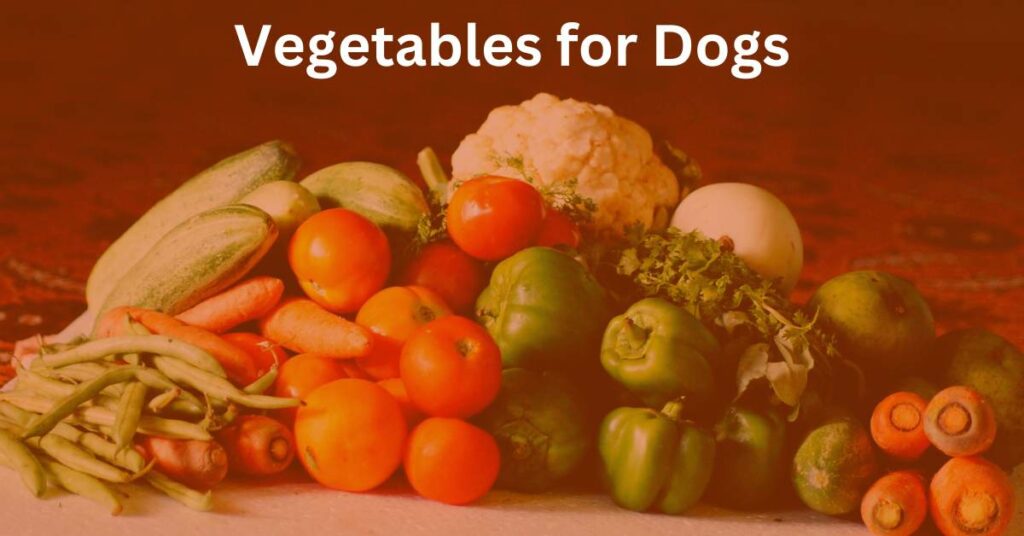Have you ever wondered if your furry friend can enjoy asparagus as much as you do? Asparagus, a popular human vegetable, is safe for dogs to consume.
This article will teach you how to feed your dog asparagus safely. Get ready to add some green variety to your pet’s diet!

Is Asparagus Safe for Dogs to Eat?
Asparagus is safe for dogs to eat and provides various health benefits.
The benefits of asparagus for dogs
- Asparagus is low in calories, therefore serving as a healthy snack option for dogs.
- The vegetable contains vitamins and minerals that benefit a dog’s overall health.
- Asparagus helps in digestion due to its high fiber content.
- It can benefit dogs diagnosed with cancer, aiding in their recovery process.
- Serving asparagus along with broccoli can provide an enhanced nutrient-packed meal for dogs.
- Asparagus provides variety in taste and texture to a dog’s diet, making meal times more enjoyable.
- Some studies suggest that the antioxidants found in asparagus may help prevent certain types of diseases in dogs, such as pancreatitis or obesity.
- Regularly adding asparagus to your dog’s diet might enhance its immune system due to its high vitamin content.
Risks and considerations when feeding asparagus to dogs
Feeding asparagus to dogs comes with specific considerations and potential risks. First, the tough ends of the stalks must be trimmed off. This helps reduce any choking hazard associated with the texture of asparagus.
Dogs should be served bite-sized pieces that are easy to chew and swallow safely. A common mistake is adding seasonings; your dog’s asparagus should always be seasoning-free.
Though high in fiber, vitamins, and antioxidants, this vegetable can pose digestive issues if eaten raw or in large amounts by your dog. It may also lead to foul-smelling urine – an unpleasant surprise for pet owners! Moderation in feeding dogs asparagus is vital – it’s a healthy snack but should not dominate their diet.
Lastly, before you toss those green spears into their bowl, consult a vet; each dog has unique health needs that must be considered when introducing new foods like asparagus; as mentioned above, consult with your vet before making any changes to your dog’s diet.
How to Safely Feed Asparagus to Your Dog
To safely feed asparagus to your dog, it is important to properly prepare and cook it before serving. If the asparagus is uncooked, the chances of irritating your dog’s stomach increase.
Proper preparation and cooking methods
Proper preparation of asparagus is vital before feeding it to your dog. Here are some steps to ensure a safe and tasty treat for your pet:
- Start by trimming the tough ends off the asparagus stalks, which can be difficult for dogs to chew and digest.
- Washing the asparagus thoroughly under water helps remove any dirt or pesticides that may be present.
- Do not season the asparagus, especially with onion and garlic ingredients that are toxic to dogs.
- Steaming, boiling, or grilling is a suitable cooking method for asparagus for dogs. Avoid frying it in oil.
- Ensure the asparagus is cooked until soft, making it easier for dogs to digest than raw asparagus.
- Cut cooked asparagus into small bite-sized pieces appropriate for the size of your dog. This prevents choking hazards and makes it easier for them to eat.
- Always serve in moderation and introduce gradually into a dog’s diet, offering just a few pieces at first.
Serving size and moderation
To safely feed asparagus to your dog, it is essential to consider serving size and moderation. While asparagus can provide nutritional benefits, it should only make up a small portion of your dog’s diet, no more than 10% of their daily caloric intake.
Too much fiber from asparagus can lead to digestive issues such as gas, bloating, and abdominal discomfort in dogs. It’s important to remember that balance is critical when incorporating any new food into your dog’s diet.

Asparagus Alternatives for Dogs
Other safe and nutritious vegetables for dogs include carrots, green beans, broccoli, and sweet potatoes.
Other vegetables that are safe and nutritious for dogs
Here are some other safe and healthy vegetables for dogs:
- Broccoli: This vegetable is packed with vitamins C and K and fiber. It can be served cooked or raw but cut into small, bite-sized pieces for easy digestion.
- Carrots: Carrots are a great low-calorie snack option for dogs. They are high in fiber and vitamin A, which promotes healthy vision. Cooked or raw carrots can be given to dogs, but again, chop them into small pieces to prevent choking hazards.
- Green beans: Green beans are a good source of vitamins K and C and manganese. They are low in calories and can help dogs feel full without adding extra weight. Serve them cooked or frozen for a crunchy treat.
- Sweet potatoes: Sweet potatoes are an excellent dietary fiber, vitamin C, and beta-carotene source. They can be cooked, mashed, or sliced for a delicious and nutritious snack.
Frequently Asked Questions
Can dogs safely eat asparagus?
Yes, dogs can safely eat asparagus in moderation. It is a healthy vegetable that can provide them with vitamins and fiber.
Are there any potential risks or side effects of feeding dogs asparagus?
Feeding dogs too much asparagus can cause digestive upset, such as gas or diarrhea. It is important to introduce it slowly and monitor their reaction.
How should I prepare asparagus for my dog?
Before giving asparagus to your dog, wash it thoroughly and remove any tough parts, such as the woody ends. Cooked or steamed asparagus is more manageable for dogs to digest than raw.
Can all dog breeds eat asparagus?
Most dog breeds can safely eat small amounts of cooked or steamed asparagus. However, it is always best to consult with your veterinarian before introducing any new food into your dog’s diet, especially if they have specific dietary restrictions or health conditions.
Can dogs eat raw asparagus?
Raw asparagus can be difficult for dogs to digest and may cause gastrointestinal issues such as diarrhea and vomiting. Additionally, raw asparagus can be a choking hazard and potentially lead to a blockage in a dog’s digestive system.
Feeding dogs cooked or boiled asparagus without any seasoning or additives is best to ensure their safety.
Can dogs eat canned asparagus?
Canned asparagus can be fed to dogs safely, but choosing a brand that does not contain added salt or seasoning is important. The sodium content in canned vegetables can be high and may not be suitable for dogs with certain health conditions, so it’s crucial to check the label before feeding your dog.
Additionally, fresh or frozen asparagus is generally better for dogs as it retains more natural nutrients than canned options.
Can diabetic or overweight dogs eat asparagus?
Diabetic or overweight dogs can safely eat asparagus as part of a balanced diet. Asparagus is a low-calorie vegetable that can help manage weight and regulate blood sugar levels.
Final Thoughts
Asparagus is safe for dogs to eat and can provide various health benefits such as low-calorie, high-fiber, and vitamins.
When feeding asparagus to dogs, it’s essential to trim the tough ends and serve bite-sized pieces that are easy to chew and swallow.
It is recommended to cook the asparagus until soft before serving it to dogs. Asparagus should only make up a small portion of a dog’s diet, no more than 10% of their daily caloric intake. Moderation is crucial.
Other safe and nutritious dog vegetables include broccoli, carrots, green beans, and sweet potatoes. Always introduce new vegetables slowly into your dog’s diet.
However, it is always recommended to consult with a veterinarian before introducing any new food into your dog’s diet, especially if they have specific dietary restrictions or health concerns.
Before You Go
If you would like to discover which other vegetables your dog can eat, you will find these articles helpful.




Leave a Reply